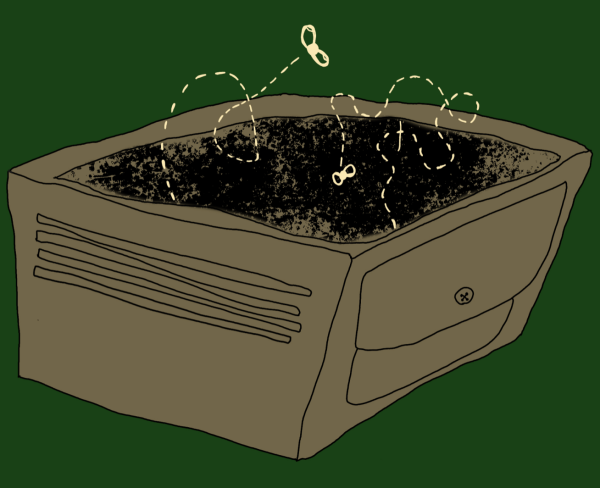Syria-Turkey earthquake leaves over 50k dead, 500k displaced
March 18, 2023
In the early hours of Feb. 6, 2023, two devastating earthquakes, with magnitudes of 7.8 and 7.5, struck southern Turkey and northwestern Syria, obliterating over 160,000 buildings, leaving roads in ruin, displacing over 500,000 Turkish and Syrian civilians and taking the lives of over 50,000. The lives and cultures dismantled by the earthquakes, reduced to just simple numbers, only continue to grow.
With such a surge of injuries and deaths, Turkey, and especially Syria, have found themselves medically shorthanded. In Syria, there are over 8,000 who experienced injury and require medical attention, but proper care is bottlenecked; northwest Syria only has only 86 orthopedic surgeons, 64 X-ray machines and one magnetic resonance imaging (MRI) machine. Syria has even experienced a major shortage of antibiotics. Syria’s critical state is heavily predisposed by a still-present civil war.
The U.S. has provided financial and specialist support, especially in the medical field, for Turkey. U.S. relations with Syria were cut when the Syrian civil war began in 2011, but it is expected that the U.S. will provide support despite the rift. During the first week, international transportation proved difficult, as airport runways and thousands of roads were damaged and deemed unusable. They have since been quickly repaired.
Turkey and Syria both sit between two major faults where two tectonic plates meet, making it prone to earthquakes of high magnitude. Tualatin High School geology teacher Tim Youngberg explained the cause of these earthquakes.
“The cause of this is stored elastic energy,” he said. “Convection currents below the Earth’s lithosphere (solid part- crust), are moving, pushing and pulling on the above plates … Those plates don’t slide easily …. Movement below keeps adding pressure until it overcomes the frictional force … releasing the energy in the form of seismic waves that we call an earthquake.”
Turkey and Syria have often experienced earthquakes and expect them. Although with quakes of this magnitude, it can be difficult to fathom the effects of such a natural disaster on the overall environment, industry and economy.
Despite such knowledge of their position concerning the faults and potential earthquakes, corrupt construction workers in both Syria and Turkey did not work in alignment with laws set in place to ensure the structural integrity of buildings. Buildings are meant to be made with a specific foundation and structure that can withstand earthquakes, especially in such extreme earthquake zones. While Turkey understands the severity and scale of the earthquake, they have targeted and arrested over 100 construction workers believed to be involved in illegal methods of construction, declaring that faulty methods led to avoidable collapse, destruction and death.
Rescue teams were overwhelmed and still are. During the first 24 hours after the quakes, the rate of survival after being covered in rubble was at its highest, yielding the most rescues. As time progressed, the rate dropped dramatically, but there is still hope. Even in the midst of despair, there were civilians being rescued even in the 150th hour– nearly a full week after the earthquake. As temperatures decreased to below freezing on the 10th day, human survival became impossible.
As the recovery process of both countries continues, international support remains a necessity; Syria’s economy and political state has experienced extreme turbulence for over a decade due to civil war, and Turkey has experienced bankrupting inflation. According to Forbes, the best relief charities to donate to are the Syrian American Medical Society Foundation, the Center for Disaster Philanthropy, the Plan International Inc. and the Direct Relief fund. Beware of donating to websites that don’t provide specific certification and websites that request funds in the form of gift cards, wire transfers or cash.







